Do Cancer Cells Exhibit Contact Inhibition
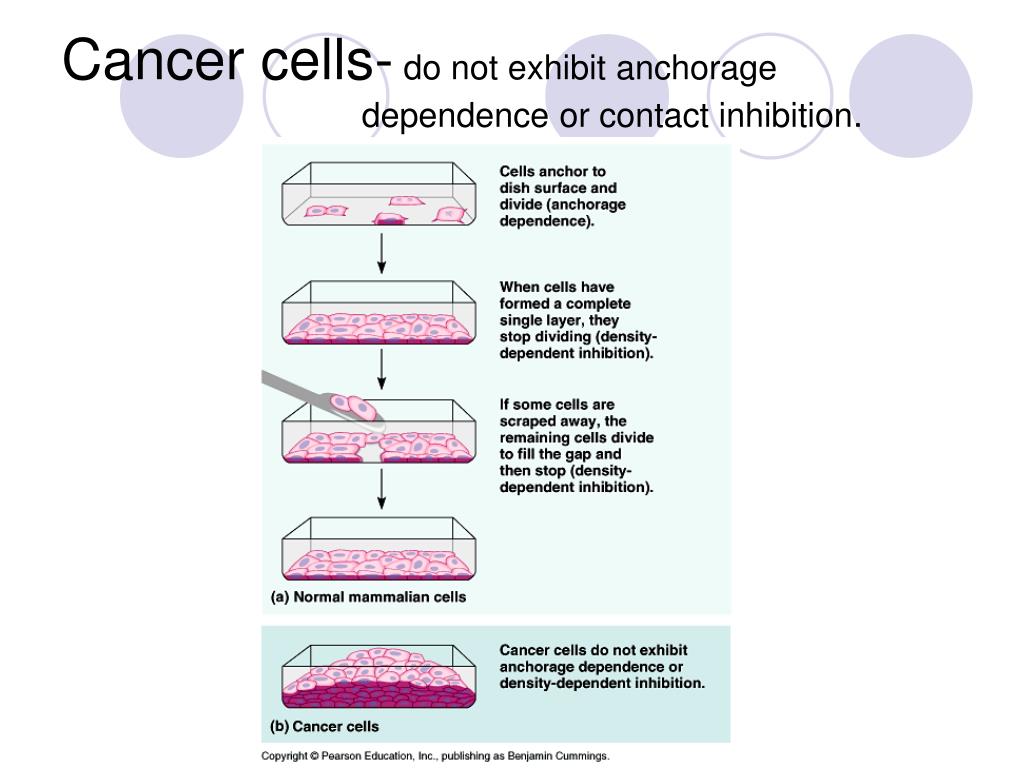
Imagine a bustling city street, each person moving with purpose, aware of the space around them, avoiding collisions. Now picture that same street, but this time, the pedestrians are oblivious, bumping into each other, disregarding personal space, creating chaos. This, in a simplified way, mirrors the difference between healthy cells and cancer cells within our bodies.
At the heart of cancer research lies a fundamental question: do cancer cells exhibit contact inhibition, a crucial mechanism that governs how healthy cells interact and control their growth? Understanding whether this process is disrupted in cancer cells is paramount to developing effective therapies that can restore normal cellular behavior and halt the uncontrolled proliferation that defines cancer.
To truly understand the significance of this question, let's delve into the world of cell biology and explore the fascinating phenomenon of contact inhibition.
The Orderly World of Healthy Cells: Contact Inhibition Explained
Our bodies are intricate ecosystems, with trillions of cells working in harmony. This delicate balance is maintained by various mechanisms, including contact inhibition.
Contact inhibition is a process where cells stop growing and dividing when they come into contact with neighboring cells. Think of it as a built-in "stop" signal that prevents overcrowding and ensures tissues and organs maintain their proper structure and function.
This phenomenon was first observed in the 1950s by Margaret Abercrombie and Michael Heaysman, who noticed that normal cells in a petri dish would stop migrating and dividing once they formed a confluent monolayer – a single layer covering the surface.
This observation was groundbreaking, suggesting that cells possess a sophisticated mechanism for sensing their environment and regulating their growth accordingly.
How Contact Inhibition Works: A Complex Dance of Signals
The process of contact inhibition is far from simple; it involves a complex interplay of signaling pathways and cellular interactions. When cells come into contact, specific receptors on their surfaces bind to corresponding molecules on adjacent cells.
This binding triggers a cascade of intracellular events, ultimately leading to the activation of growth-inhibitory signals and the suppression of cell proliferation. Several key molecules and signaling pathways are involved, including the cadherin-catenin complex and the Hippo signaling pathway.
Cadherins are cell adhesion molecules that act like Velcro, holding cells together. When cadherins on neighboring cells bind, they activate intracellular signaling pathways that inhibit cell growth.
The Hippo pathway is another critical regulator of cell growth and tissue homeostasis. When cells are crowded, the Hippo pathway is activated, leading to the phosphorylation and inactivation of key transcriptional regulators that promote cell proliferation.
The Cancer Cell's Rebellion: Loss of Contact Inhibition
Now, let's turn our attention to cancer cells. One of the hallmarks of cancer is uncontrolled proliferation – cells dividing relentlessly, forming tumors, and invading surrounding tissues.
This uncontrolled growth is often attributed to the disruption of normal cellular processes, including contact inhibition. Cancer cells frequently exhibit a diminished or complete loss of contact inhibition, allowing them to grow and divide without regard for their neighbors.
They pile up on top of each other, forming masses of cells that disrupt tissue architecture and impair organ function. This loss of contact inhibition is not a universal characteristic of all cancer cells, but it is a common feature in many types of cancer.
Mechanisms Behind the Loss: A Multifaceted Problem
The loss of contact inhibition in cancer cells is often a result of multiple genetic and epigenetic alterations. Mutations in genes encoding cadherins, components of the Hippo pathway, or other key regulators of cell growth can disrupt the normal signaling pathways responsible for contact inhibition.
For example, loss of function mutations in tumor suppressor genes, such as LATS1/2 (components of the Hippo pathway), can lead to constitutive activation of growth-promoting signals, overriding the inhibitory effects of cell-cell contact.
Furthermore, epigenetic modifications, such as DNA methylation and histone modifications, can alter the expression of genes involved in contact inhibition, contributing to its dysfunction. Growth factors and signaling molecules present in the tumor microenvironment can also override contact inhibition signals.
Essentially, cancer cells accumulate changes that allow them to ignore the normal "stop" signals that regulate cell growth in healthy tissues.
Therapeutic Implications: Restoring Order to Chaos
The understanding that cancer cells often lack contact inhibition has significant therapeutic implications. Researchers are actively exploring strategies to restore contact inhibition in cancer cells as a means of halting their uncontrolled growth and preventing metastasis.
One approach involves targeting the signaling pathways that are disrupted in cancer cells. For example, drugs that activate the Hippo pathway or enhance cadherin-mediated cell adhesion are being investigated as potential anticancer therapies.
Another strategy focuses on modifying the tumor microenvironment to make it more conducive to contact inhibition. This could involve inhibiting the production of growth factors or signaling molecules that override contact inhibition signals.
Immunotherapies are also showing promise in restoring contact inhibition. By harnessing the power of the immune system to target and destroy cancer cells, these therapies can reduce the density of tumor cells, allowing remaining cells to re-establish cell-cell contacts and potentially regain some degree of contact inhibition.
A study published in *Nature Cell Biology* demonstrated that restoring E-cadherin function in certain cancer cells could reinstate contact inhibition and suppress tumor growth, showcasing the potential of this therapeutic approach.
The Future of Cancer Research: A Focus on Cellular Communication
The study of contact inhibition is not only relevant to cancer but also provides valuable insights into fundamental processes such as development, wound healing, and tissue regeneration. Understanding how cells communicate with each other and regulate their growth is crucial for advancing our knowledge of these processes.
As research progresses, we can expect to see the development of more sophisticated therapies that target the underlying mechanisms of contact inhibition. These therapies may offer a more targeted and effective approach to treating cancer, minimizing side effects and improving patient outcomes.
Moreover, a deeper understanding of contact inhibition may lead to new strategies for preventing cancer in the first place. By identifying individuals at risk of developing cancer due to genetic or epigenetic alterations that disrupt contact inhibition, we may be able to intervene early and prevent the disease from developing.
Conclusion: A Renewed Hope for a Future Free from Uncontrolled Growth
The journey to unravel the complexities of cancer is long and arduous, but the discovery and ongoing investigation of contact inhibition provide a beacon of hope. This fundamental process, so elegantly orchestrated in healthy cells, highlights the critical role of cellular communication in maintaining order and preventing uncontrolled growth.
While cancer cells often exhibit a loss of contact inhibition, understanding the mechanisms behind this disruption offers new avenues for therapeutic intervention. By restoring normal cellular behavior and halting the relentless proliferation that defines cancer, we can move closer to a future where this devastating disease is effectively treated and ultimately prevented.
The story of contact inhibition is a testament to the power of scientific inquiry and the unwavering dedication of researchers striving to improve the lives of others. It reminds us that even in the face of complex challenges, there is always hope for progress and the potential for transformative discoveries.
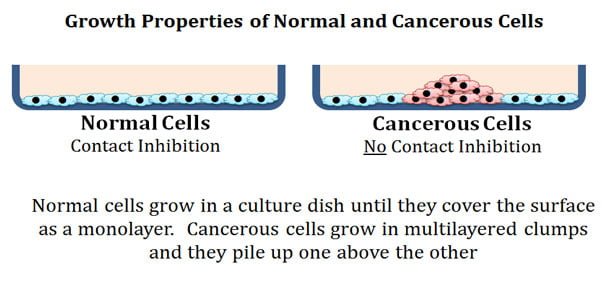

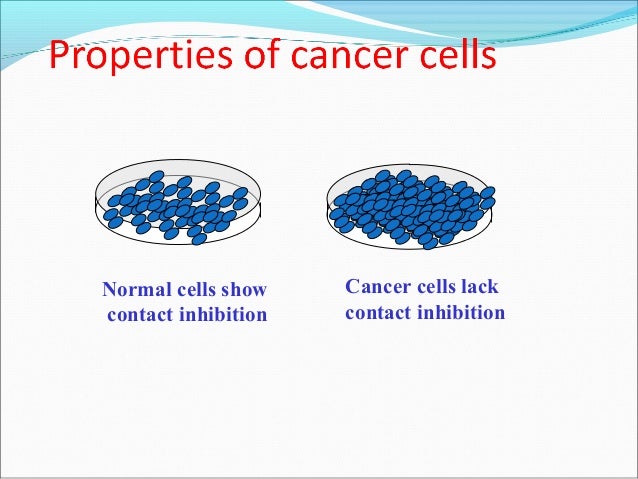

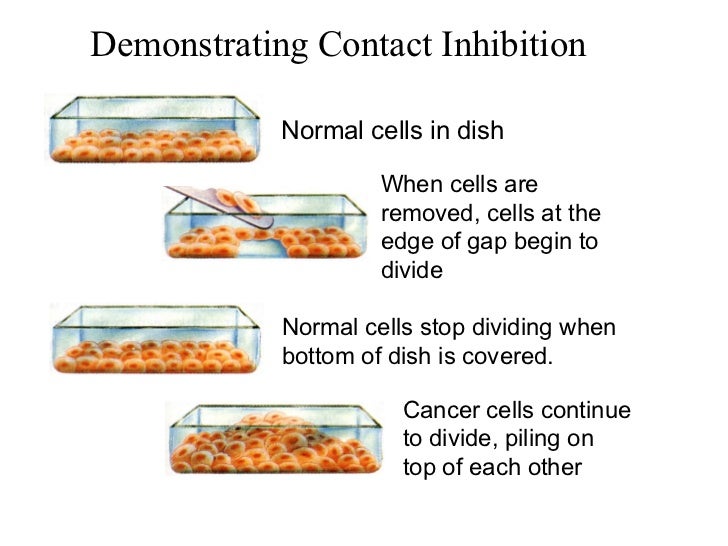
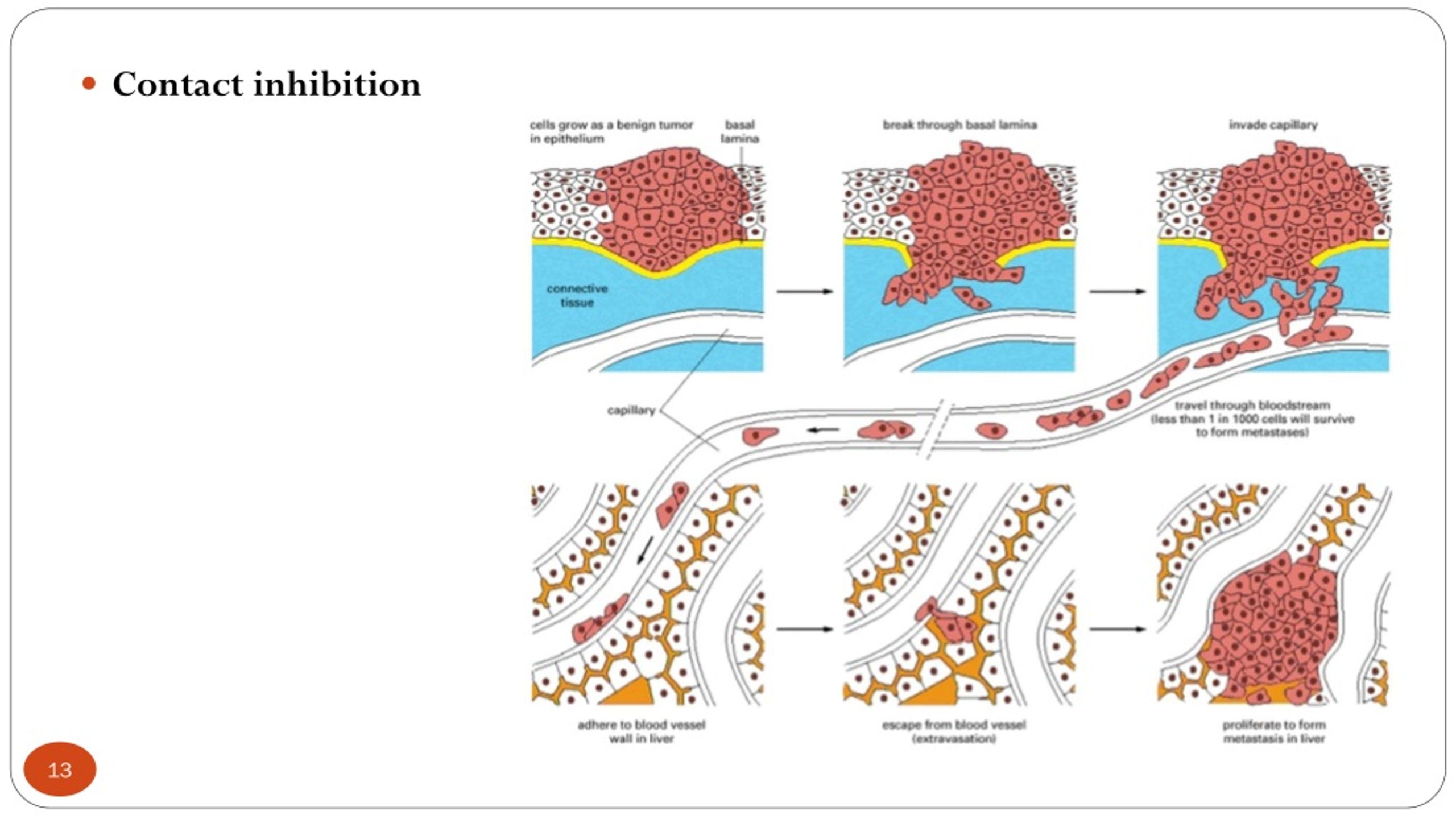





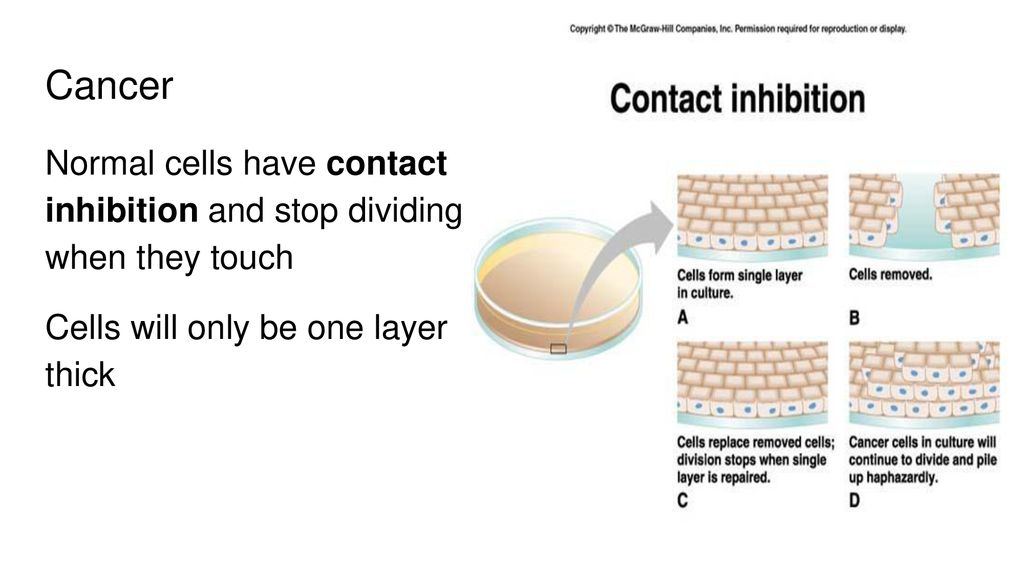


+inhibition+nor+anchorage+dependence.jpg)



